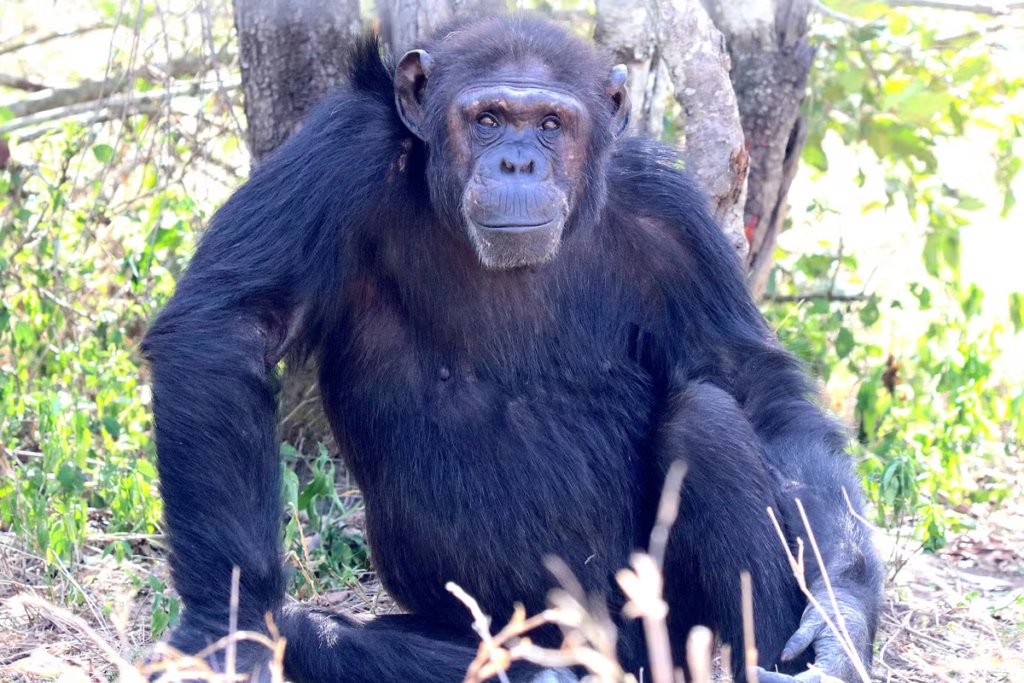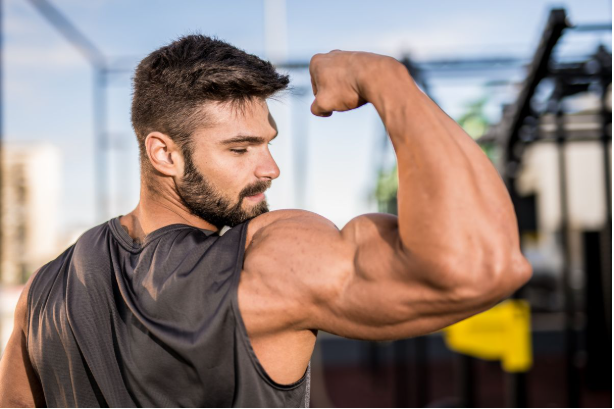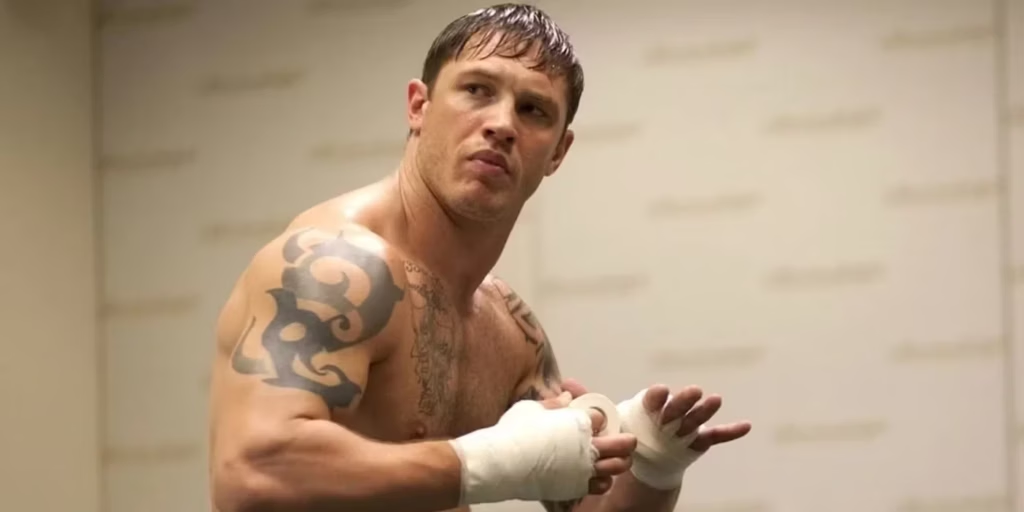Meet Jonathan Freeman: exercise physiologist, founder of Australia’s largest active over 50s health and fitness community Club Active, and one of the people responsible for keeping Chris Hemsworth’s body in peak condition.
Focusing on rehabilitation and helping Hemsworth get movie ready for the likes of Thor, Freeman is a beacon of knowledge when it comes to improve function and preventing injury, and used that knowledge to make sure Chris’ body is performing at its peak.
Below, we speak to Jonathan about his tips and tricks for returning to the gym after injury, and working with Chris Hemsworth to assist in getting his body Thor ready.
Tell us about what being an Exercise physiologist looks like and what it entails?
As an Exercise Physiologist my area of expertise has always centred around Musculoskeletal Rehabilitation. My career focus is centred around education, working in private practice and as an Adjunct Professional and Sessional Academic in biomechanics and functional anatomy at Southern Cross University. Being an EP my focus is to understand the root cause of a patient’s primary injury or pain. Using a biomechanical approach to rehabilitation and ensure the correct exercises are tailored to assist and improve function.
How did you come to work with Chris Hemsworth?
I started working with Chris in 2020 prior to the Thor film, helping him with some more active rehabilitation, Chris previously has had quite passive treatment with his aches and pains and reached out for something a little more specific in terms of exercise rehabilitation. Working alongside his long time Personal Trainer Luke Zocchi we developed a bulletproof regime to get him ready for his upcoming films.
How did you assist him with Thor?
In the lead up to Thor, the main focus for us was making sure Chris’ body was performing at its peak so he could ultimately ‘become Thor’ – the big thing with Chris is ensuring he was distributing forces evenly throughout to avoid unnecessary loads on the joints that were giving him grief. Together with some hands on physio, the exercise rehabilitation and his personal training with Luke, as everyone can see, we had him looking and moving incredibly well.
What did a regular session/ schedule look like for him?
Most of our sessions consisted of a combination of movement based low intensity exercise, reactive stability training and some really fundamental joint integrity exercises. To clarify further each joint in the body demands a certain amount of mobility and stability to function optimally, my job was to ensure each of his joints were functioning optimally. For example the lumbar spine has only 15 degrees of rotation so the focus for lumbar spine work is reactive stability training whereby we are teaching Chris’ lower back to avoid too much movement and reactively stabilise against external forces.
What are some key takeaway just your regular guy should implement? Especially when it comes to preventing injury.
Understanding that each joint has specific needs for optimal function for example;
1. The hip has a combined rotation of 70 degrees, 30 degrees of internal rotation and 40 degrees of external. The more we site the more pelvic tilt we have and the more hip compression we have, therefore we find it harder to rotate the hip and as such creates unnecessary/unwanted forces into the lumbar spine (lower back) – so for the hip I recommend sitting at least 1 hour per day with your legs crossed, a hip flexor stretch to avoid any hip compression and maintain hip extension and the last on I like to use is the 90/90 hip sit in order to maintain the hip internal rotation we quite often lose.
2. Lumbar spine has a need to withstand/resist force in the presence of change, therefore the recommendation here is around reactive stability training, things like planks, pallof press and unilateral heavy carries like the farmers carry.
3. The thoracic spine is something we all could definitely put consistent work into. Again with this area of the body the focus is mobility/increasing movement. As we sit far too much the thoracic spine becomes flexed and therefore we lose the extension and rotation it needs to ensure optimal shoulder and lumbar spine function. Thoracic mobility exercise like the side lying windmill, all 4’s thoracic rotation and the lying superman rotations are great for this area.
What are some tips and tricks for returning to the gym after injury?
Take is slow and get proper advice is key. Don’t dive straight back into doing what you were doing pre injury, you need a proper progressive approach to the rehabilitation process which involves optimal load distribution at each joint, not just the affect ones.















